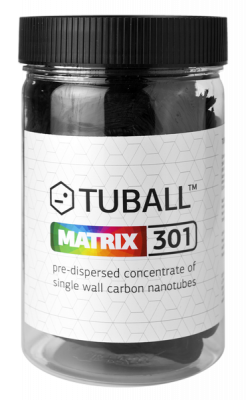
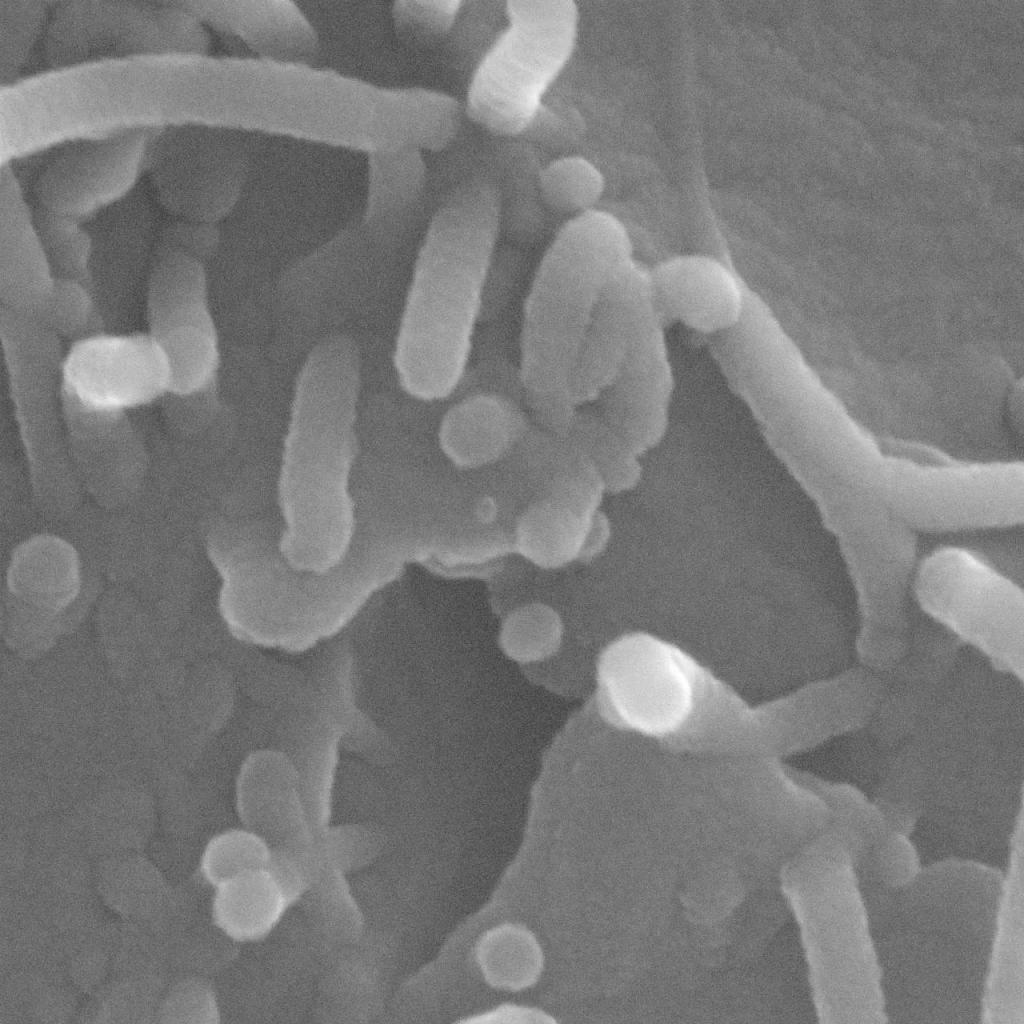
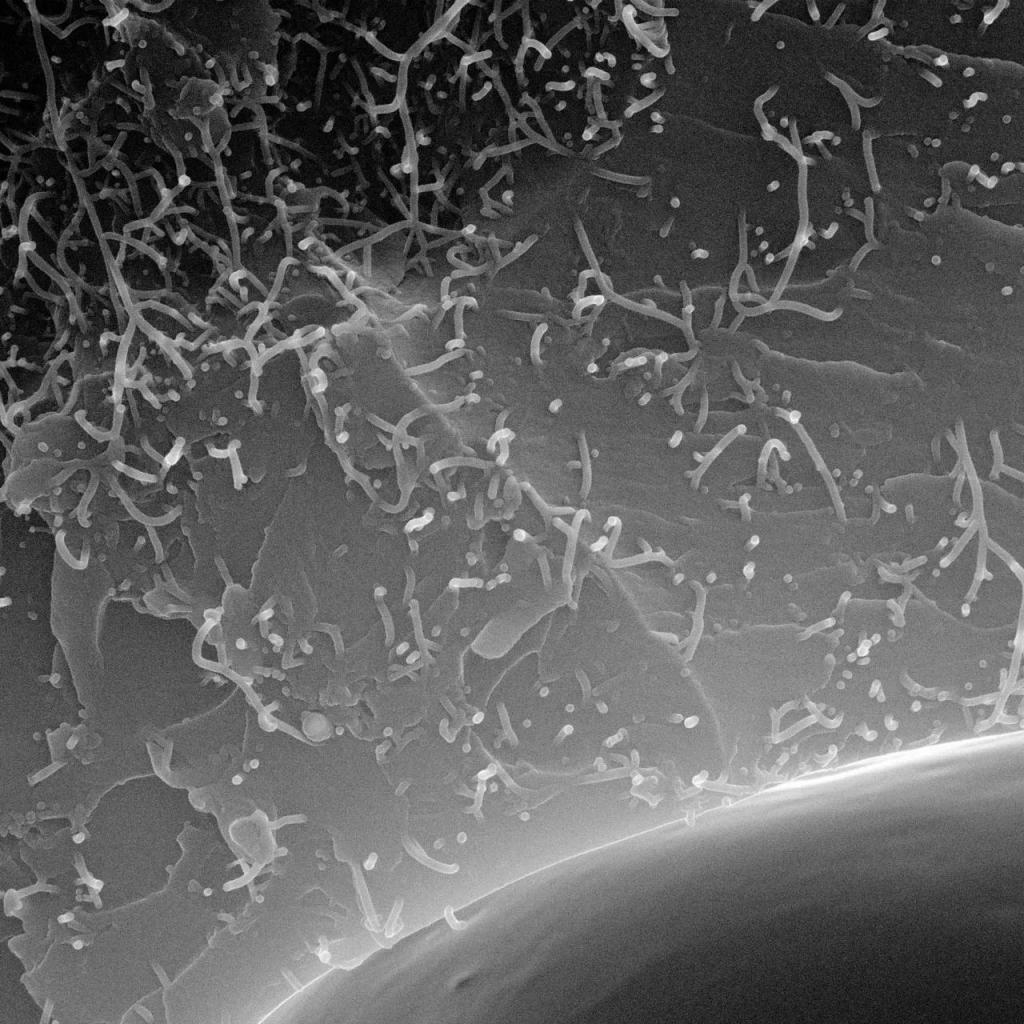
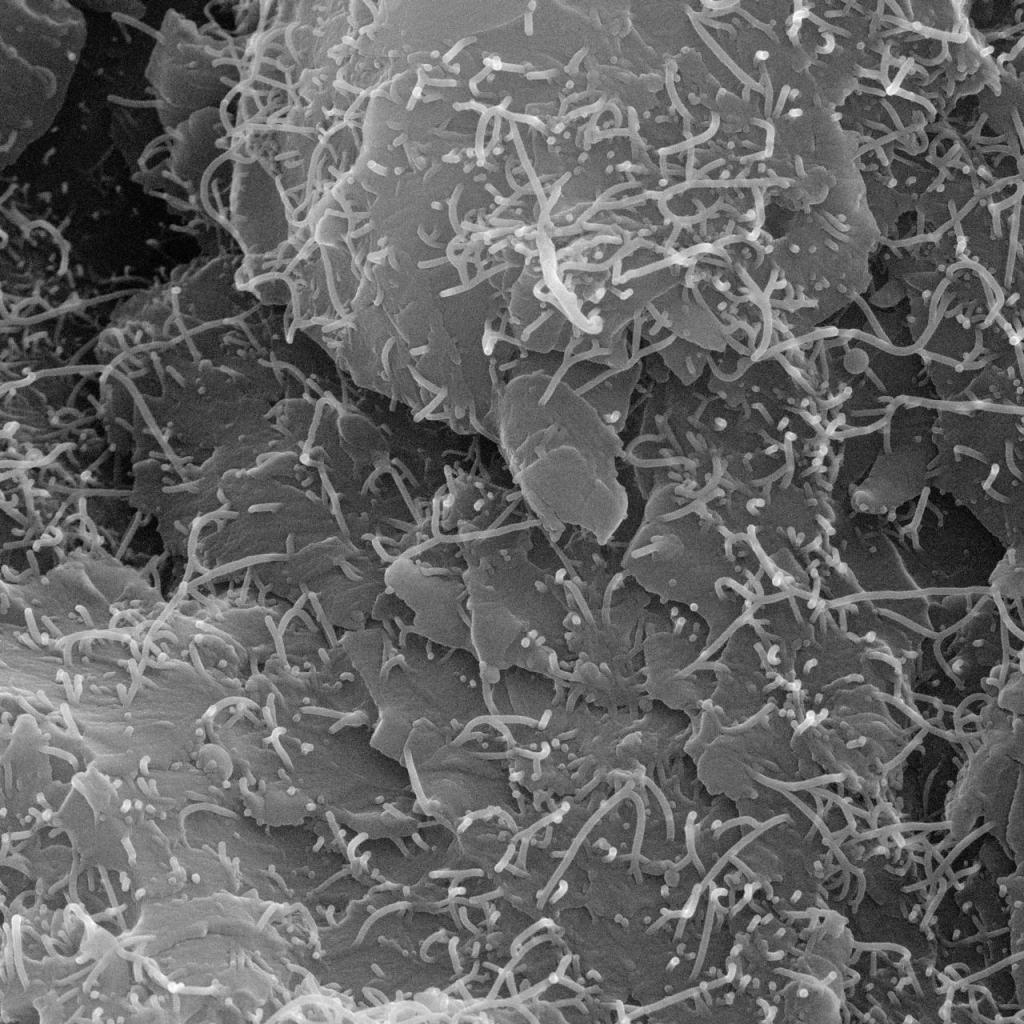
Leitfähiges Additiv auf Basis eines Tensids für lösungsmittelfreie Epoxid- und Polyurethan-Beschichtungen ohne Nachteile auf die Farbe und den mechanischen Eigenschaften. Es wird auch für Epoxid-verbundstoffeempfohlen.
Vorteile
Gewährleistung einer gleichmäßigen und stabilen elektrischen Leitfähigkeit ohne "Hot-Spots"
Antistatische Eigenschaften unabhängig von der Luftfeuchtigkeit
Beibehaltung und sogar Verbesserung der bestehenden mechanischen Eigenschaften
Weitreichende Möglichkeiten zur Farbgestaltung der spezifischen Harzsysteme dank niedriger Zugabemengen des Additivs und minimaler Grauverfärbungen
Minimale Auswirkung auf die Dichte, Viskosität und andere rheologische Eigenschaften
Die vordispergierte Form ermöglicht den Einsatz von den bereits vorhandenen Standard-Fertigungsanlagen.
Anwendungsbeispiele
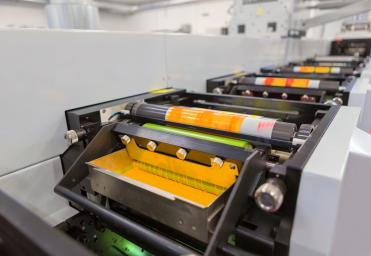
Drucksleeves

Epoxy-Bodenbelag

GFK-Profile für Kabelkanäle
Video
TUBALL™ MATRIX -Einarbeitungsanleitung (eng)
Anti-static and conductive hand layup composites: how to produce using graphene nanotubes